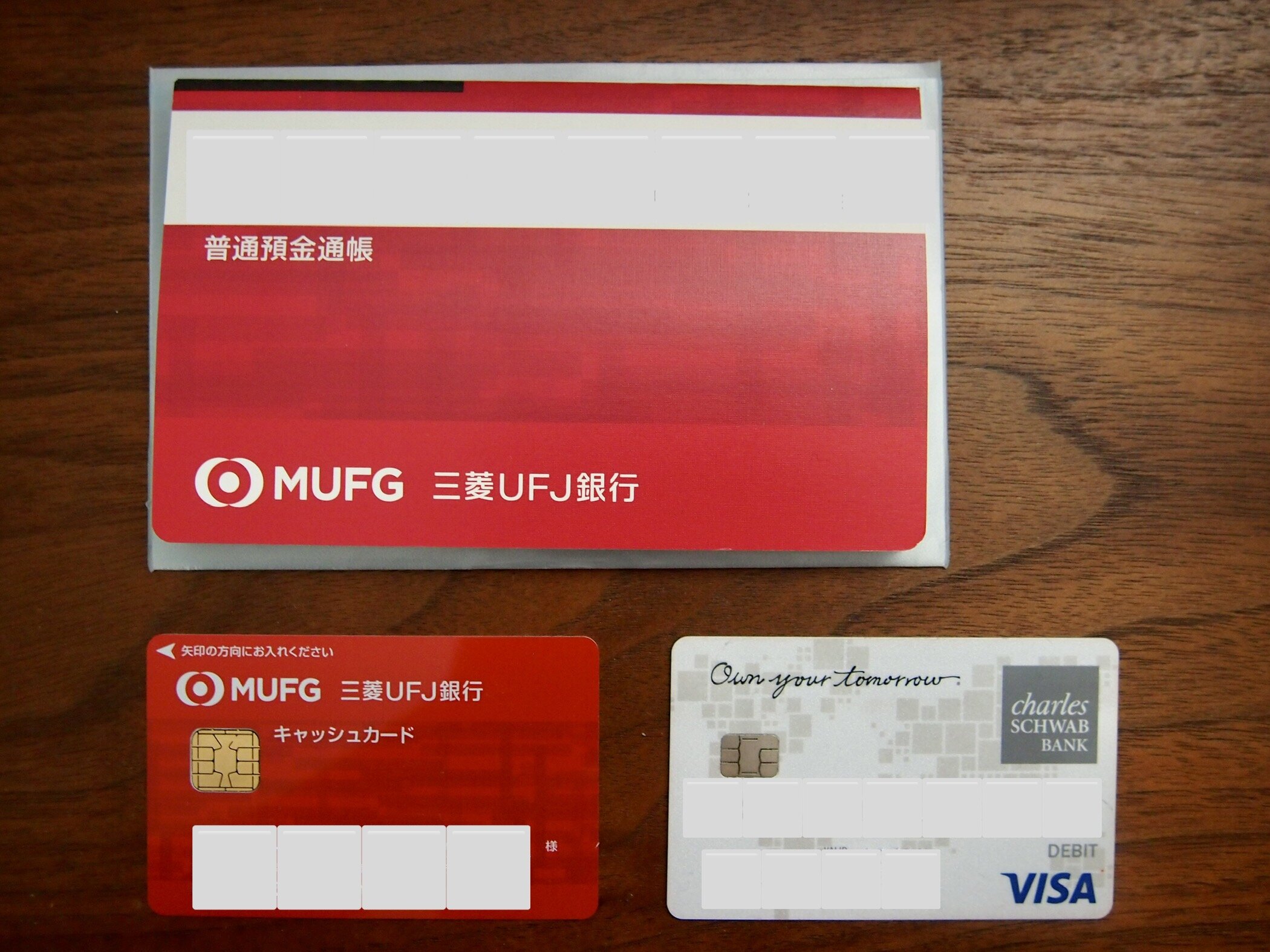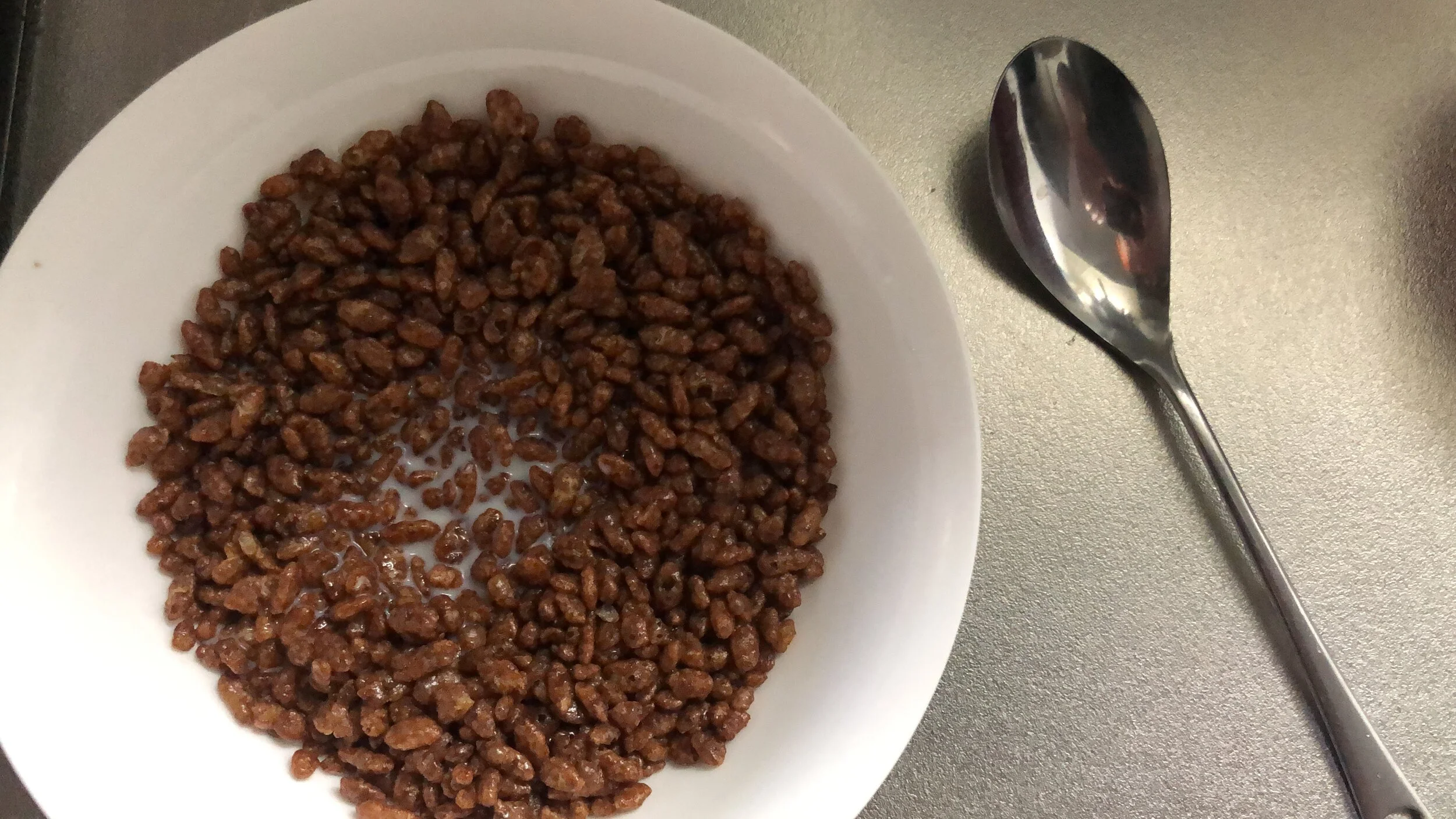Fugu
Fugu is a Japanese pufferfish that has a reputation for being extremely poisonous. If you’ve heard of fugu, it’s probably from the classic Simpsons episode “One Fish, Two Fish, Blowfish, Blue Fish,” where Homer eats a poisonous blowfish at a sushi restaurant and fears he will die. It’s true that fugu are poisonous – in fact, ingesting fugu when it hasn’t been prepared properly could be fatal, and people have died in Japan from eating fugu.
However, it’s not as scary as it sounds: chefs that prepare fugu must be licensed and trained in the art, and use special tools to extract the meat. While there have been fatalities from fugu this century, it’s unlikely any of them came from a restaurant. If someone died eating a restaurant’s food, they wouldn’t stay open for long - unless we’re talking about Jack in the Box, which is still going strong. In general, while there is the possibility of ingesting poison, the danger is a bit over-publicized, and you don’t actually have much to worry about.
If you’re able to put your fears aside, Tokyo is home to quite a few eateries that specialize in fugu. You can order a set menu that allows you to try fugu as sashimi as well as several preparations of cooked fugu, which is white and flaky like trout or cod.
I first tried fugu at a restaurant in Shibuya, and though it was neat to be able to tell people I ate the deadly poisonous blowfish, the meat itself was not super flavorful. It’s a rather bland fish that doesn’t come close to competing with all the delicious sushi Japan has to offer. But it’s definitely worth trying once just to be able to say you did it, and when I’ve been offered fugu since, I’ve always eaten it - it’s not bad, just not great, either. Much like me.
Don’t think fugu sounds dangerous enough? You may be ready for the ropes course.
Fugu no Ransou no Nukazuke (Pickled Fugu Ovary)
It looks like poop, and tastes like it too!
If fugu is not rare or adventurous enough for you, it’s possible to go a step further and try fugu ovaries, which are an even more obscure delicacy only enjoyed in certain parts of Japan. The fugu ovary is quite poisonous, and it’s illegal to serve in most Japanese restaurants. However, in Ishikawa prefecture (including the city of Kanazawa, where Eriko is from and where my in-laws live), it is legal to serve so long as it has undergone a lengthy process of being soaked in saltwater and rice bran to dilute the poison until it is harmless to the human body.
Fugu no ransou no nukazuke can be difficult to find even in Kanazawa, and if you do, it will be served in a small portion because of its strong taste, which is salty and quite overwhelming. Did I say overwhelming? I meant disgusting. It’s disgusting. It has the consistency of low-quality dirt and the taste of low-quality dirt. I tried a tiny bit and had to take several drinks of orange juice to wash it down.
“This is good with rice,” said Eriko, although I noticed she wasn’t taking any for herself.
I tried it with rice, and… yeah, still disgusting. Eriko’s parents and sister gobbled it up because they are crazy, but fugu ovaries go on the list of Japanese foods that are probably too much for foreigners. If you want to try it, it’s best to sample only a dab along with some rice, similar to how wasabi is used on sushi, and then quickly eat and drink some more stuff to get that taste out of your mouth. On its own, the flavor is far too potent, so only the most daring diners are likely to enjoy this one.
I love Japanese food, and though I’m only lukewarm on fugu and not so hot on fugu ovaries, I’m glad I tried them. It’s important to be adventurous because otherwise you’re one of those boring foreigners who refuses to eat any of the local food, and if you’re not going to eat the food, there’s really no reason to come to Japan - it’s a food country.
We’ll cover more Japanese foods in the future, including some others that I find totally gross (hello, natto), but until then, eat some chicken and sushi and other delicious Japanese treats. Sayonara.







